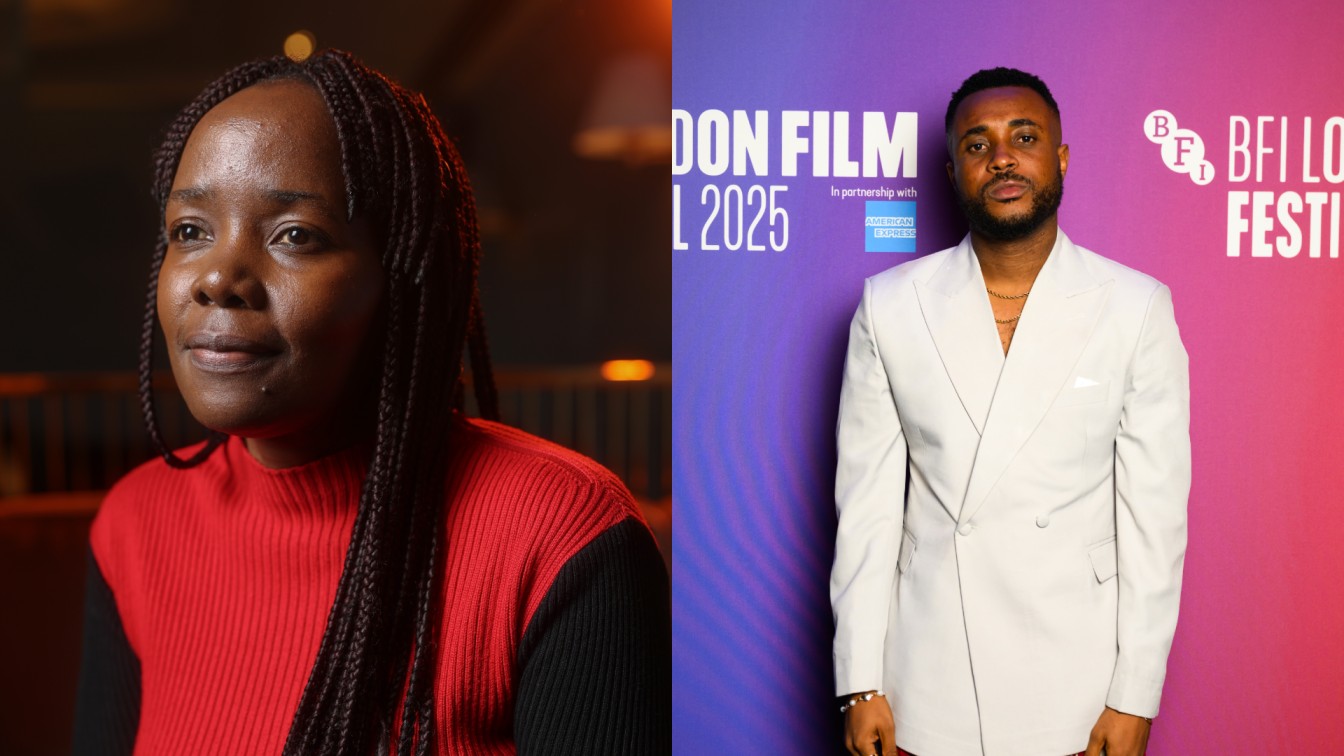“African history, science, and artistry did not begin with the arrival of the colonialists; therefore, we must do the work of discovering our past and studying our present in order to form an identity that speaks to us.” – Vincho Nchogu
By Jerry Chiemeke
Kenyan director, Vincho Nchogu, known for her work on Gabriel and The Mountain (2017) and The Resurrection (2009), teams up with Nigerian producer, Josh Olaoluwa, whose credits include Grind (2023-2025) and A Sunday Affair (2023), to create One Woman One Bra (2025), a searing exploration of systemic patriarchy, communal betrayal, and the elusive search for identity in a world that demands women conform to rigid roles.
Within a runtime of 79 minutes, this Kenyan-Nigerian co-production melds a deeply personal narrative with broader social critiques, delivering a story that is both intimate and universal. Anchored by Sarah Karei’s compelling performance as Star Lepeko, it navigates the intersections of gender, agency, and exploitation with a deft hand.
One Woman One Bra centres on Star, a tradeswoman and middlewoman in Sayit, a rural enclave sustained by thrift sales and livestock rearing. Star’s life, marked by her independence and her motorbike rides into the township, is upended when she discovers her childhood image on the cover of William Whitman’s World Book of Nomads.
This revelation sparks a quest to uncover her origins, as her lack of a birth certificate or known parentage threatens her claim to her land during a contentious title deed allocation. What begins as a fight to protect her livelihood evolves into a profound journey of self-discovery.
In this exclusive conversation, Afrocritik sits with Nchogu and Olaoluwa to discuss creative visions, inter-cultural collaborations, socially conscious thematics, and production logistics.
The film tackles land rights, identity, and white saviourism simultaneously. Which of these themes emerged first in your creative process, and how did the others fold in?
Vincho Nchogu: Interesting question. Now that I think about it, I believe the answer is both. The African identity, as it currently exists, starting with our national borders and tribal groupings, was shaped during colonial times. Once the colonialists left, we inherited their institutions—education, religion, governance, etc.
We, as Africans, have retained some aspects of pre-colonial African forms of governance. Communal land ownership is one such aspect. In Kenya, communal land ownership is slowly becoming a thing of the past, partly because we operate in a capitalist system where proof of ownership equals capital to expand one’s assets. Additionally, there are nefarious individuals and corporations (including white-owned conservancies) advocating for land ownership so they can buy prime communally-owned land.
I have always thought about these matters simultaneously. To answer your question, for a long time, I wanted to explore how NGO propaganda videos contributed to the image of Africa. Upon further investigation, I realised that before the NGOs, there were anthropologists and/or those who ‘discovered’ Africa, along with the books written by our colonial masters.
Our history, science, and artistry do not begin with the arrival of the colonialists; therefore, we must do the work of discovering our precolonial past and studying our colonial and neocolonial present in order to form an identity that speaks to us.
The hardest part of writing this was simplifying everything to show how our past, present, and future can depend on the stories we tell or are told about ourselves. I tried to connect this with the theme of the power of image.
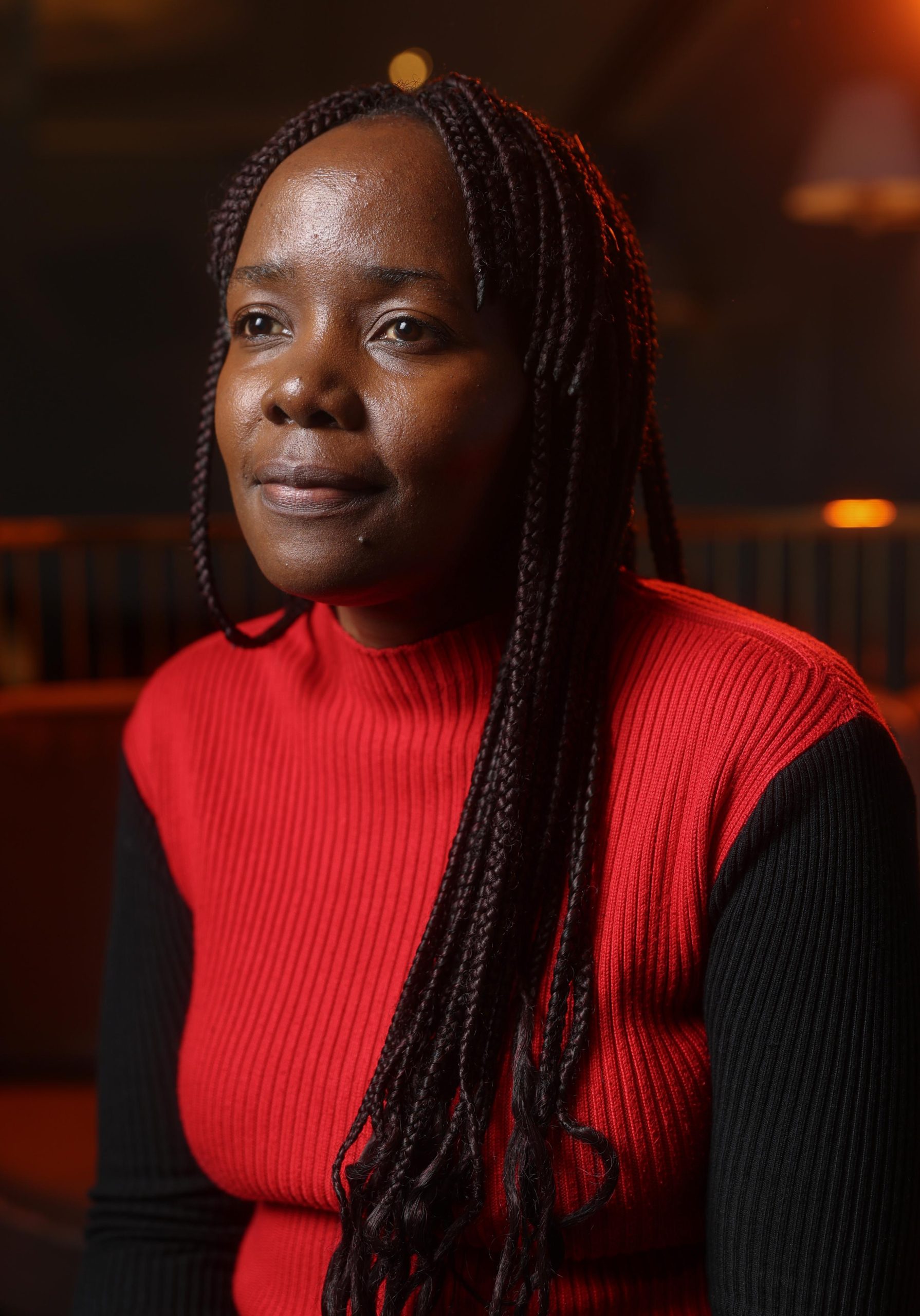
As a producer on a cross-border co-production, what were the unique challenges of piecing this story together?
Josh Olaoluwa: The language barrier was a significant challenge for all of us. Vincho did not speak Maasai, and I spoke neither Maasai nor Swahili. Our story took us to the outskirts of Nairobi, where English was not a common language. Ensuring that we remained true to the core of Vincho’s vision was daunting, but I am glad we were able to pull it off regardless of these challenges.
Our filming terrain was quite special geographically, making logistics a challenge. It involved transporting our crew from Nairobi to the hills of Loita, which required a long drive. Managing the crew and keeping them motivated for the duration of the shoot was critical to our success, and this was also a unique challenge.
The production was also on a micro-budget, so navigating the complexity of an ambitious film with limited resources was quite a challenge that we had to creatively navigate. It took the commitment of an incredibly talented and passionate crew to get us to the finish line.
Why was it important to shoot in Nkosesia, and how did the location inform the visual and narrative language of the film?
Vincho Nchogu: For one, I wanted a place so stunning that we would understand why Star is fighting so hard to stay, even though her neighbors aren’t amicable. Initially, we had considered filming closer to Nairobi so we could set Star’s house in a village that had views of Kilimanjaro. But the light change throughout the day made Nkosesia an easy choice. That, coupled with the rolling hills.
The sounds of Nkosesia informed our narrative soundscape. There is a montage of the land just before the final scene, that montage factors in different times of day in Nkosesia. It is a reminder to audiences what Star is fighting for. I wanted the change of light to force one to breathe in. My cinematographer used to joke that there are no bad angles in Nkosesia because the landscape enhances the image one way or another. I was extremely lucky to dream of a location and find it.
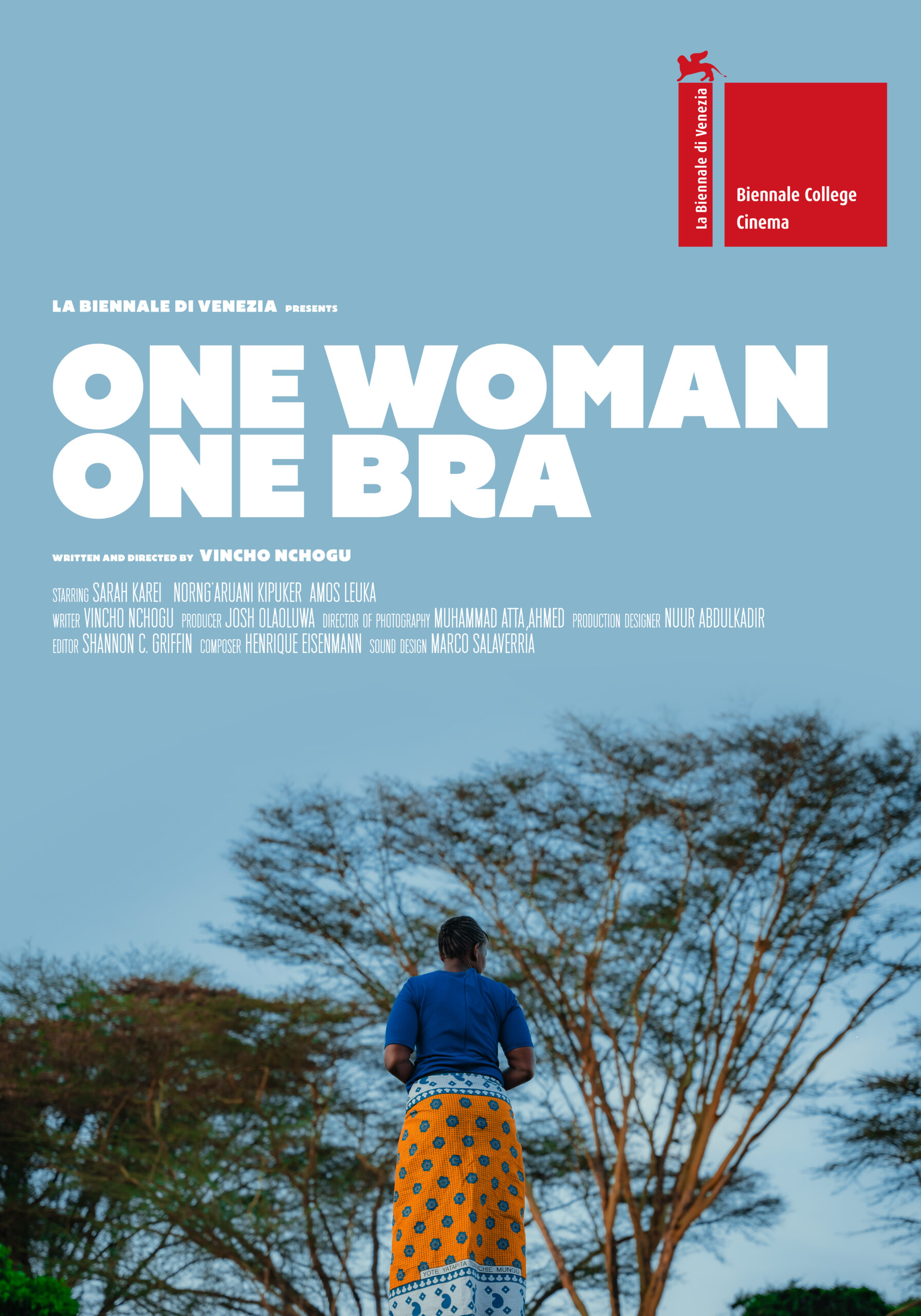
The film’s title is deliberately provocative. Can you talk about how the “bra campaign” mishap serves as a vehicle for your larger critique of performative charity?
Vincho Nchogu: This film is primarily about the image i.e., the stories we tell and are told about ourselves. Star’s image was exploited without her knowledge, and when she finds it and seeks compensation, she gets none. Ironically, because she needs money to save her land, she exploits a young woman who looks up to her. But she wouldn’t have had that idea had she not encountered Jessica, an NGO founder who believes that she knows what is best for women of Sayit.
The easiest way for any charity to prove that its work is impactful is to show numbers. For example, Jessica can go back home and ask friends to donate a bra for every bra they buy. In the end, there might be one thousand bras donated. But do those bras change the lives of mothers trying to find sustainable means of living? I don’t think so.
Yet, it is easier for an NGO to get funding than for a business to receive startup capital. Consider our governments receiving aid, which is often actually loans, for causes that are less pressing, while they struggle to secure aid or loans to build value-added industries within the continent.
The story is told mostly from Star’s perspective. What led you to commit to this singular point of view rather than a more ensemble approach?
Josh Olaoluwa: During development, Vincho considered creating the perfect anti-hero character, so it was not entirely unexpected that this would be a possibility in the script. The film does not exist without Star or her experiences. For us, this focus on the protagonist helped to maintain the thematic depth of the story without overly complicating it.
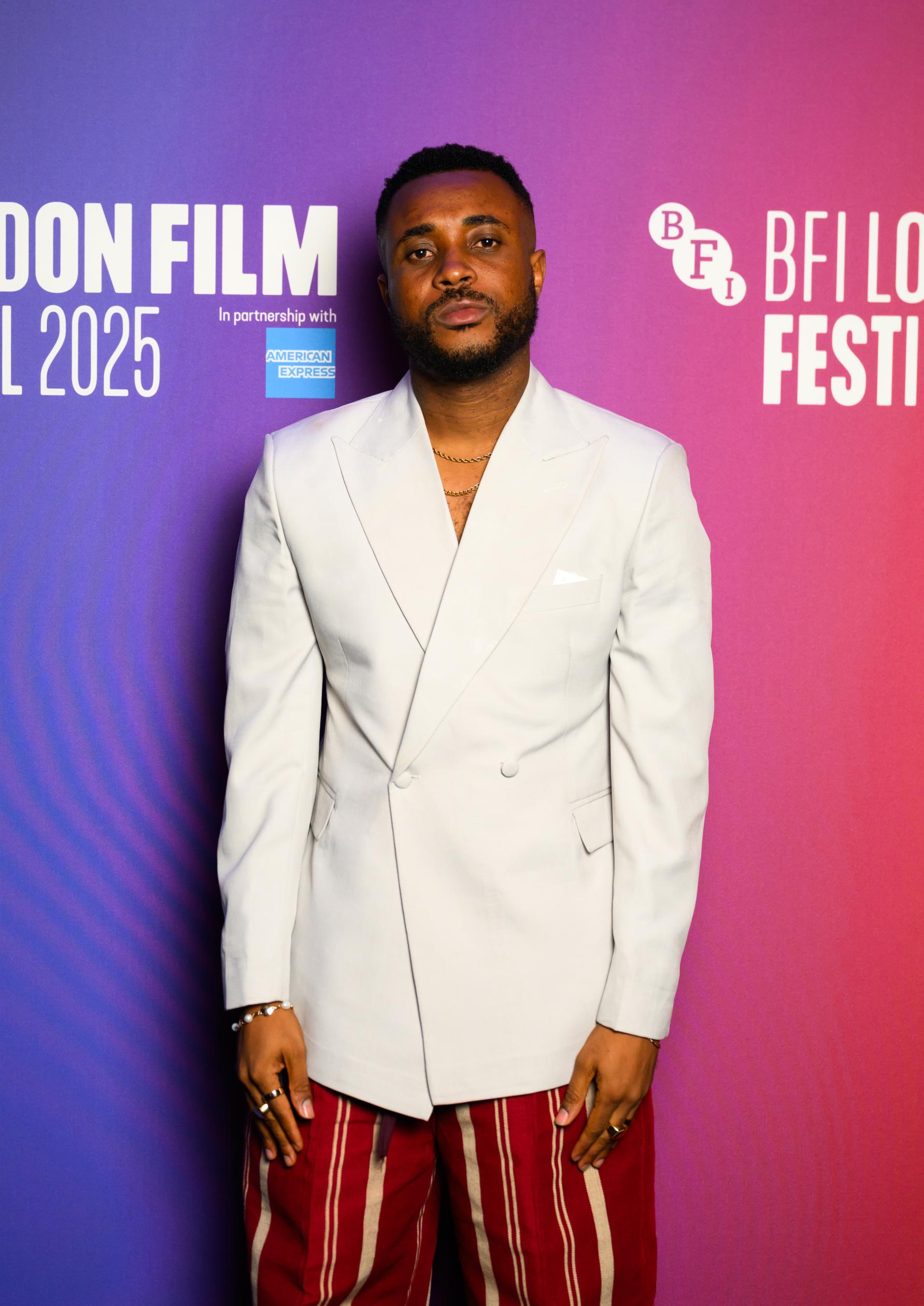
How did you work with Sarah Karei to develop Star’s character, and what qualities did she bring that shaped the final portrayal?
Vincho Nchogu: Once Sarah was cast, we started talking about the role. We had many conversations because Sarah in real life is actually the opposite of Star. She is a married woman with children and a husband who adores her. She is also much respected within the community, as she is a pastor. So in shaping Star, we were asking questions about how Sarah’s community would deal with a woman like Star.
Sarah then came to Nairobi where she met Irungu Mutu, our casting director who doubled up as the acting coach. Irungu crafted a lot of exercises for Sarah and Saitabau, who plays her romantic interest in the film.
Sarah is naturally a nurturer, so sometimes she would check in on me and worry that I was not sleeping enough, while I was worried that we were overworking her. She is a trooper and wanted to make the best possible film.
Speaking of Sarah’s commitment, I had planned to rewrite the script to have Star no longer ride a bike because Sarah couldn’t ride a bike at the time, but Sarah asked me to pay for her riding class. I did and two weeks later, she was riding a motorbike, becoming the first woman from Nkosesia to ride a bike.
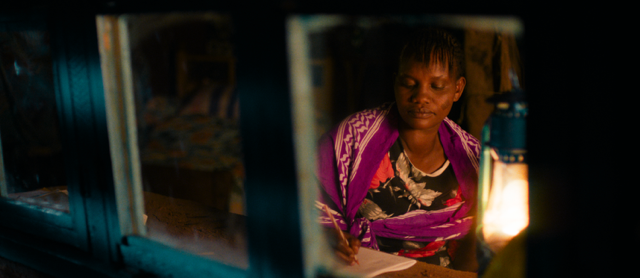
How did you work with cinematographer Muhammad Atta Ahmed to capture Star’s emotional journey, particularly the more intimate moments?
Josh Olaoluwa: Vincho was very clear about her choice of cinematographer. She had seen Muhammad’s work on Beyoncé’s Black Is King visual album and wanted to collaborate with him on One Woman One Bra. Both of them spent months in preparation, discussing the scenes and workshopping the story. This allowed us to identify the emotional beats before production, ensuring we were all aligned. Trusting Vincho’s vision for Star’s emotional journey was essential, and I believe this trust has paid off now that we have shared the film with audiences around the world.
Vincho Nchogu: Muhammad was generous enough in that he gave the film the gift of time. He flew to Kenya six weeks before production started and we shortlisted the film together. Prior to that we had several online meetings in which we discussed the style and tone of the film. Once on ground we went to location several times and each time I rewrote the film and together we reworked the staging and framing. Like the script, the shortlist was a living document that changed as we locked our locations and cast.
Because we had gone to the village several times before shooting, Sarah and Muhammad got to know each other. We did visit Sarah in her house. So, there was a level of trust not just between Sarah and I, but between Sarah and Muhammad. We became a team with the same vision before the first day of shooting.
Fun Fact: Muhammad and I found the location of Star’s house together. The same goes for the salon. We had seen other locations and then while exploring the script, we found better locations. Josh told the production manager that he should not let us wander off together because each time, we’d switch things on them.
Star is unmarried, orphaned, and ultimately ostracised, yet she remains resilient. How did you ensure her character avoided becoming either a victim or an unrealistic hero?
Vincho Nchogu: I leaned on my instincts, which were informed by my understanding of the character. She literally brought herself up, so she knows how to navigate the world on her own. She would rather die than give up her agency. I remembered that she has the tools to find solutions to any problem.
As I wrote, I had to check what was true to her character and situation. I came up with some exciting cinematic scenes, but they didn’t feel authentic to the characters, so I reluctantly had to abandon them.
The film starts slowly with establishment shots before picking up momentum. Was this deliberate pacing designed to mirror Star’s journey, or did it evolve during editing?
Josh Olaoluwa: Vincho edited the film during prep. We also brought in our editor, Shannon C. Griffin, early in the process to discuss the film’s flow. Every decision made by Vincho was intentional, and I am proud of her choices, especially since they were not the easiest.
Vincho Nchogu: This was deliberate. In fact, we had conversations with our editor before we shot. Shannon, Muhammad, and I were on the same page. The idea was to visually have her life uninterrupted, until it was disrupted and eventually fell into pieces. We technically had a paper cut of the film before we shot.
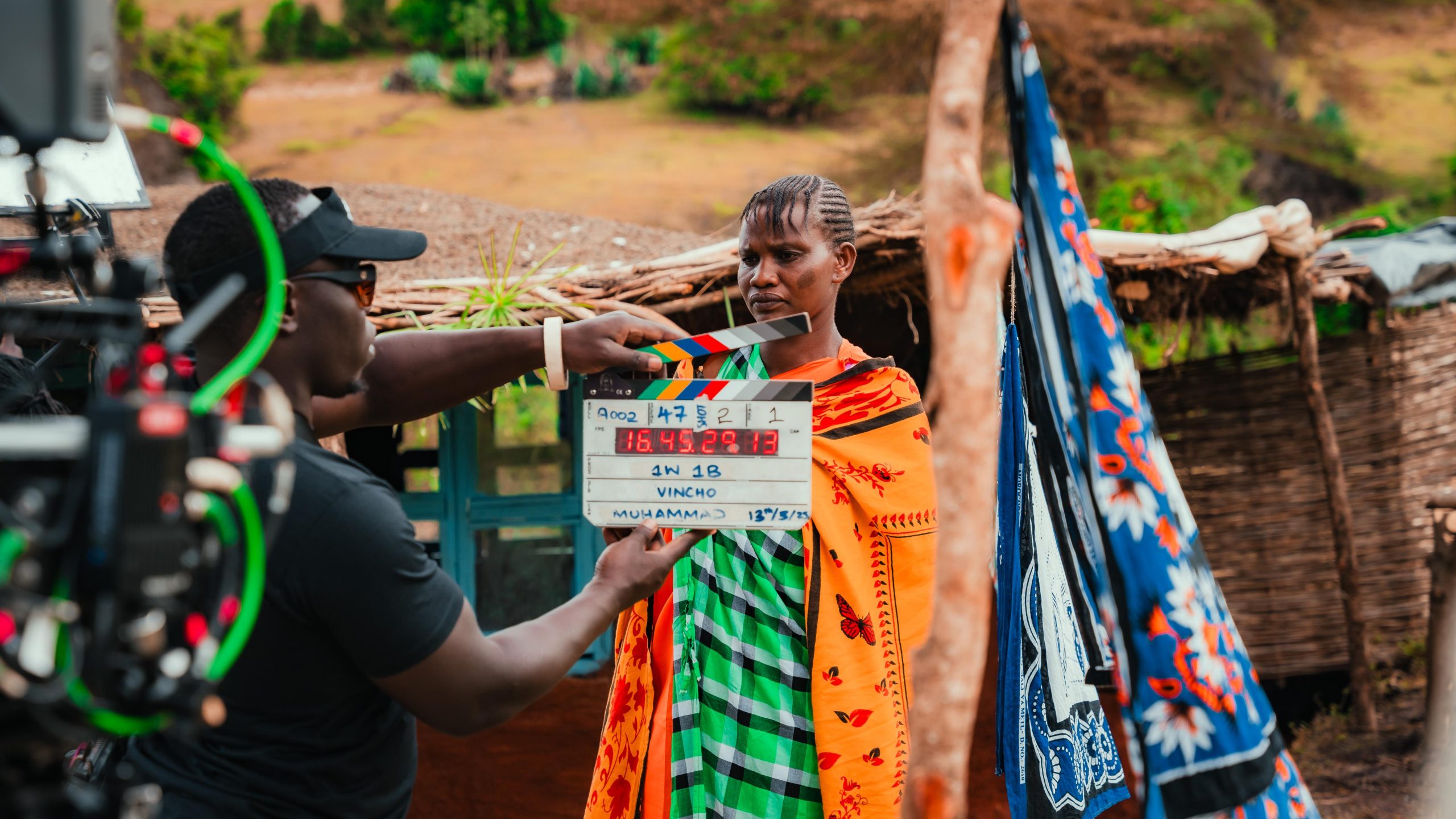
Nuur Abdulkadir’s production design creates a believable setting. What conversations did you have about authentically representing life in Sayit without falling into poverty tourism?
Josh Olaoluwa: We aimed to maintain verisimilitude in space. The location felt like the script, and we agreed that less was more in bringing this film to life. Simplicity was key to reflecting life in Sayit village, which was evident in its pastoral nature. Interestingly, the village was also quite technologically advanced; houses were powered by solar panels, and the economy was mostly cashless. Capturing these elements made for a holistic experience of life there. This is why telling our stories from our point of view is so important, as we are able to control our narrative.
Vincho Nchogu: Nuur was the first person I broke down the script with. We talked about how sometimes people don’t know what they lack until it’s pointed out. So we made the choice to amplify what’s abundant instead of what is lacking.
We discussed the importance of using production design to show that this community not only exists in the present but also dreams of the future. The Maasai were recycling long before it became popular, making shoes from old tires.
Our task was to capture their creativity and the beauty they incorporate into everyday life. Nuur then worked with local women to build the set that became Star’s house. He trained Emmanuel Leuka to become his Art Director. And having Emmanuel made sure we were authentic and embodied the values of the community
How did you balance cultural specificity with accessibility for audiences unfamiliar with this context?
Josh Olaoluwa: The thing with narrative work is that you rarely have control over how audiences consume it, so it is better to focus on what you can control: the story and how you choose to tell it. We did not concern ourselves with accessibility because the story itself is universally relevant, and authenticity was paramount in this process. Once we stayed true to the material we were working with, we felt like most of our work was done.
While rooted in a particular community, the film speaks to broader issues of women’s property rights and autonomy. What do you hope audiences in different contexts take away from Star’s story?
Vincho Nchogu: This might be a long shot, but I want people to be reminded of the UBUNTU spirit – I am because we are. Humanity must supersede capitalism, individual achievements, and one’s place in society.
*One Woman One Bra won the Sutherland Award for Best First Feature at the recently-concluded BFI London Film Festival. This builds on its world debut at the Venice Film Festival in August, an outcome of its selection for the latter’s Biennale College Cinema programme in 2024.
Jerry Chiemeke is a Nigerian-born writer, film critic, journalist, and lawyer based in the United Kingdom. His writing has appeared in Die Welt, The I Paper, The Africa Report, The British Blacklist, Berlinale Press, The Johannesburg Review of Books, Culture Custodian, Olongo Africa, and elsewhere. Chiemeke’s work has won or been nominated for the Pushcart Prize, Ken Saro Wiwa Prize, Diana Woods Memorial Award for Creative Nonfiction, Best Small Fictions, and the Quramo Writers Prize. He is the author of the critically-acclaimed short story collection, Dreaming of Ways to Understand You.


